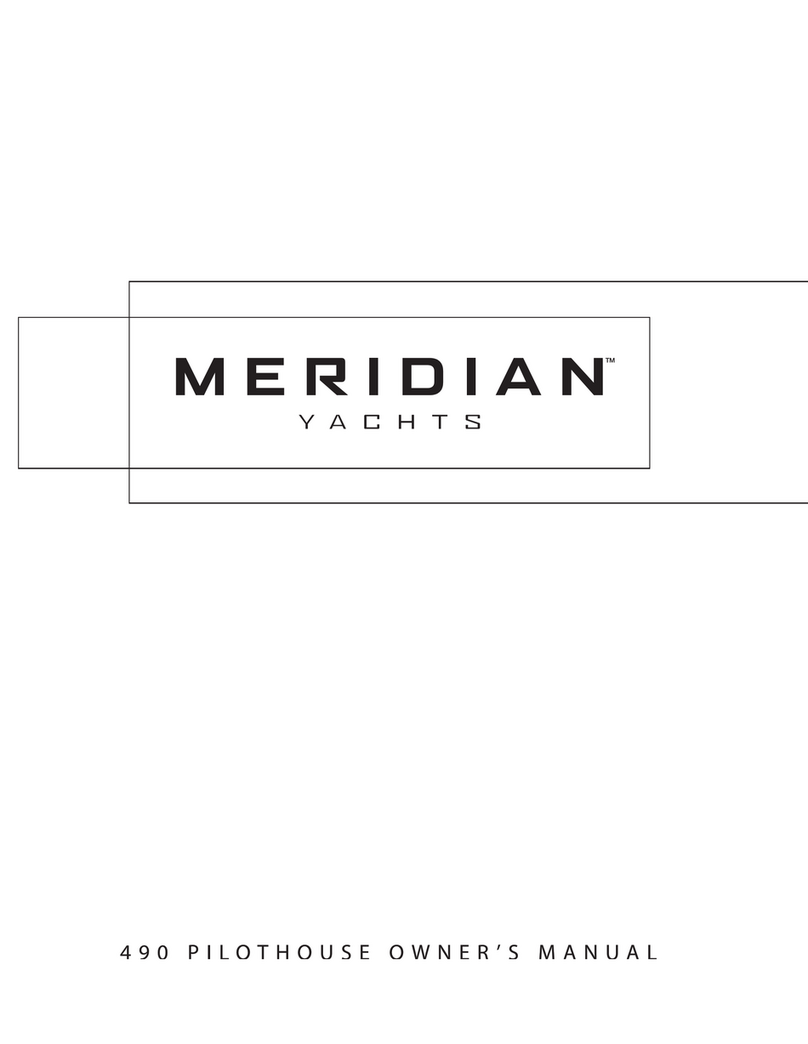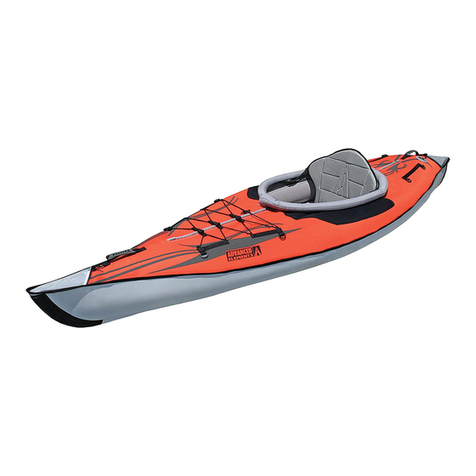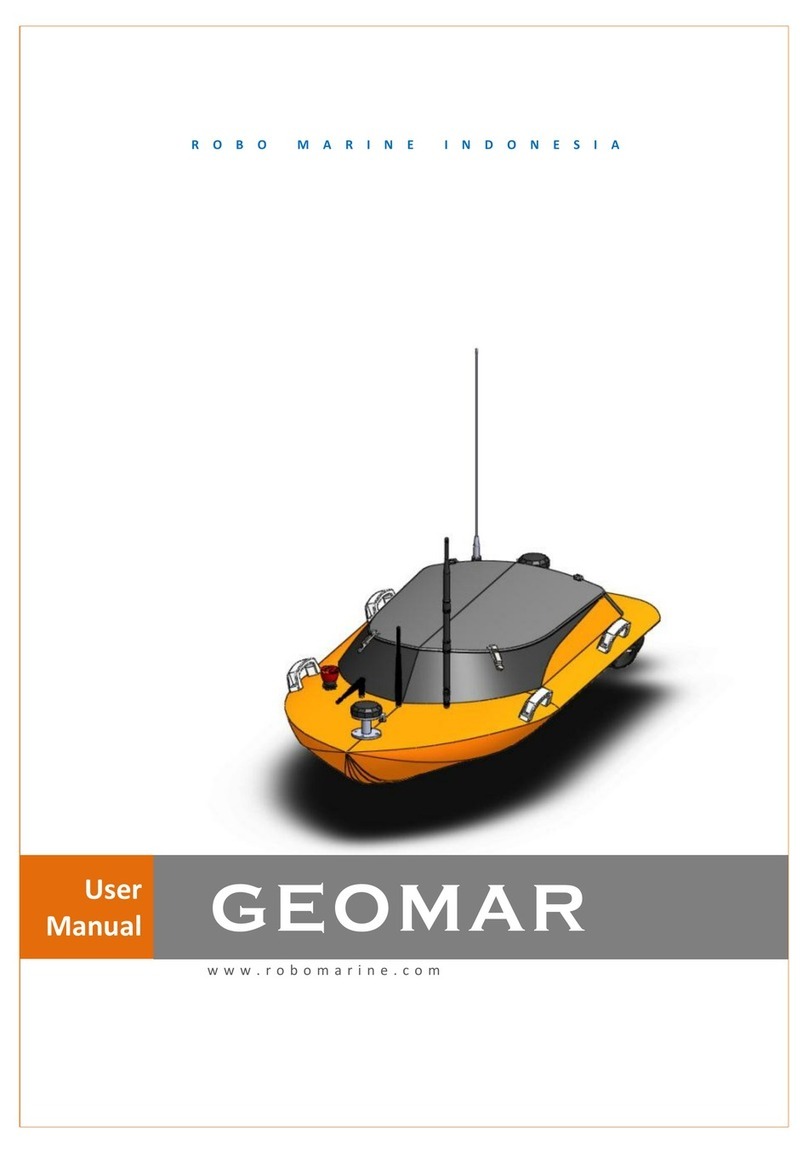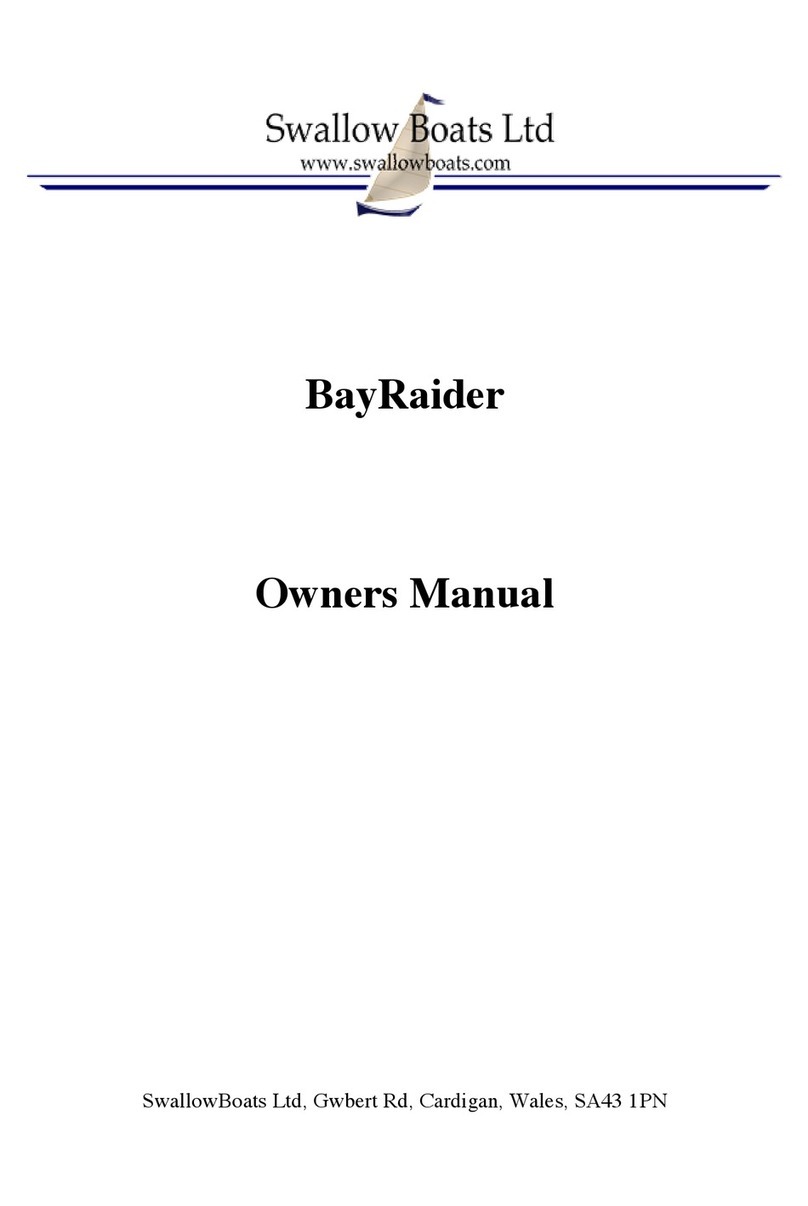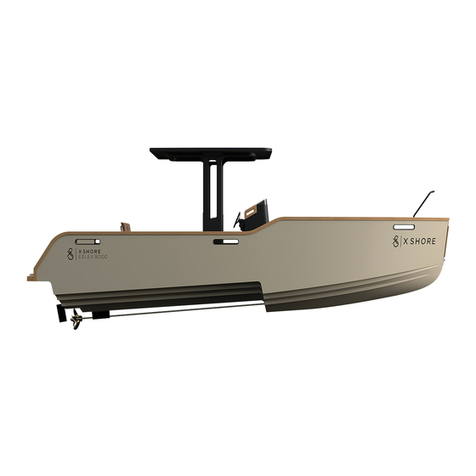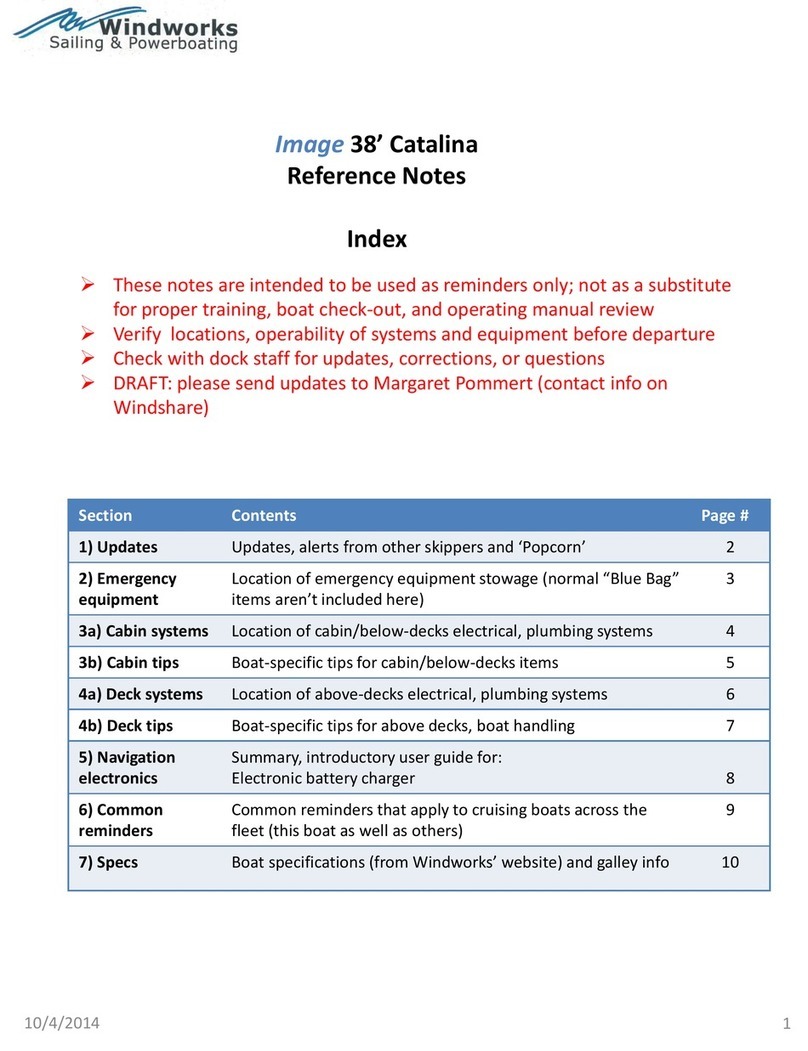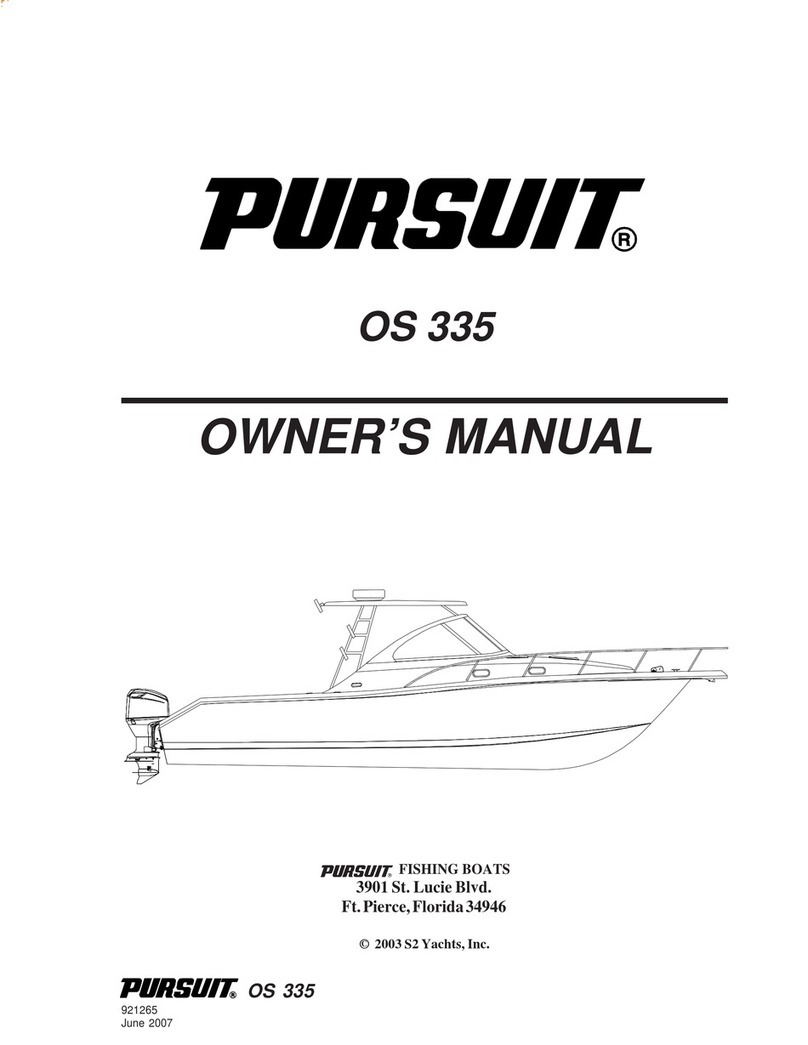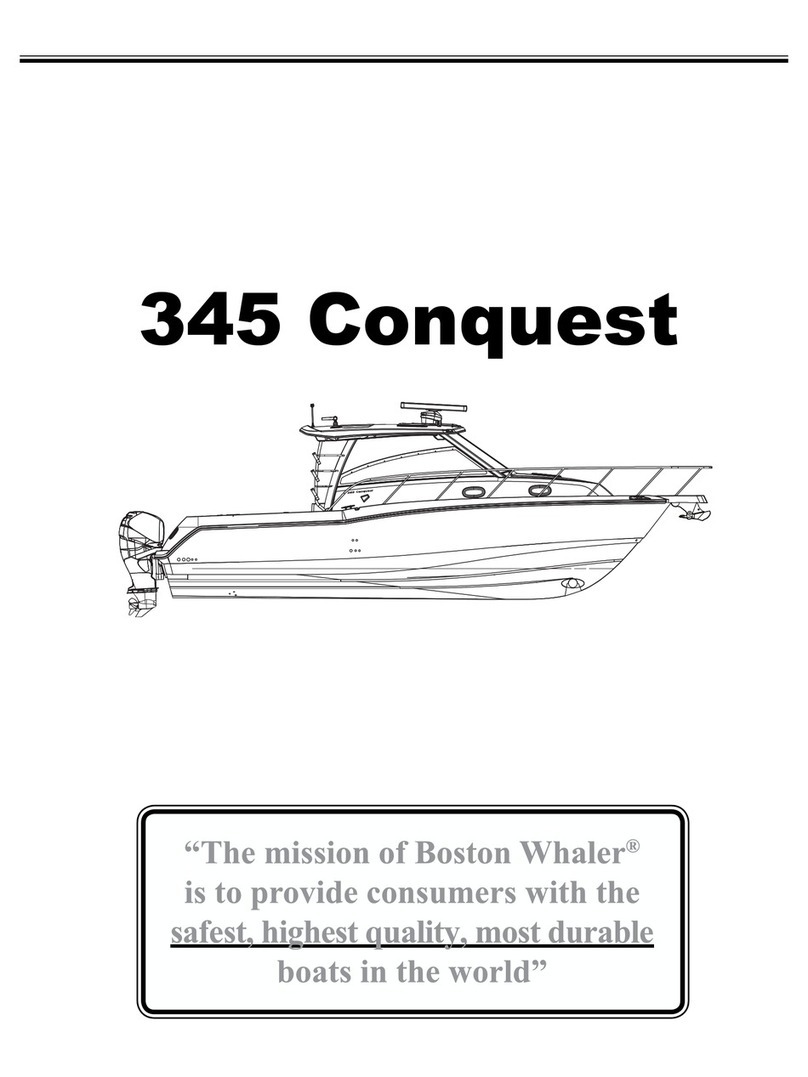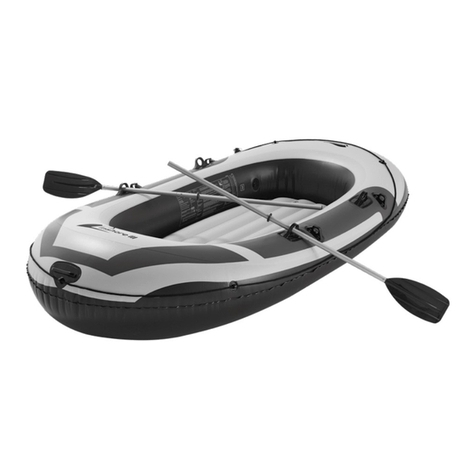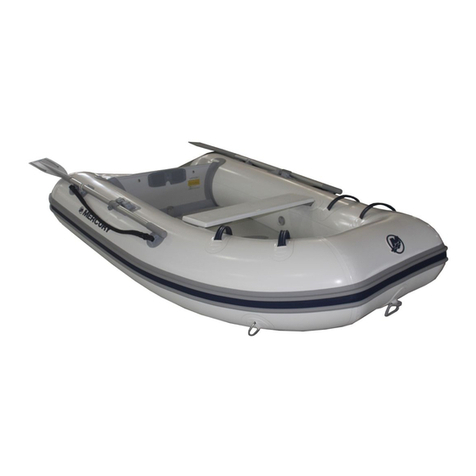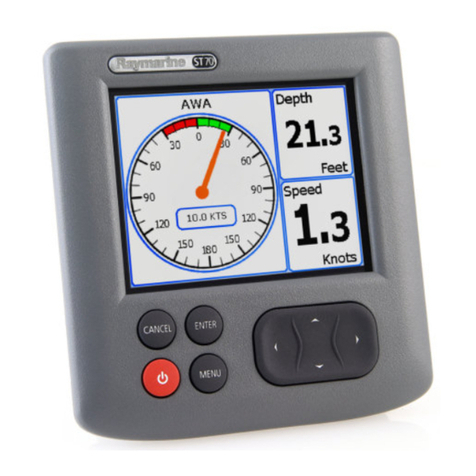10
TERMS AND CONDITIONS
For the original retail purchaser (“Consumer”), Wave
Sport kayaks by Conuence Watersports are warranted
against material or manufacturing defects in the
hull and deck for three (3) years from the date of
original purchase of the kayak. Parts, accessories, and
outtting are warranted for a period of one (1) year
against material or manufacturing defects from the
date of purchase.
The following schedule details coverage levels during
the term:
During the rst year of ownership this warranty
covers repair or replacement of the hull, deck,
outtting, and all parts and accessories at 100% of the
original retail price.
During the second year of ownership, this warranty
covers repair or replacement of the hull and deck up to
80% of the original retail price.
During the third year of ownership, this warranty
covers repair or replacement of the hull and deck up to
60% of the original retail price.
Kayaks sold as “2nd quality” as indicated on the
Manufacturer’s Statement of Origin (MSO) are covered
under this limited warranty for one (1) year from the
original purchase date for the hull, deck, outtting,
and all parts and accessories.
This limited warranty is only valid with the purchase
of a Wave Sport kayak from an authorized Wave Sport
dealer. This warranty is non-transferable.
HOW TO REGISTER YOUR BOAT
The warranty registration form should be
completed online at www.wavesport.com or your
registration card mailed back within 30 days of
original purchase to be activated. It is suggested
that you keep your sales receipt should it be required
in the future for proof of purchase.
OBTAINING WARRANTY SERVICE
If you have a problem with your kayak and you
suspect that it may be due to defective materials or
workmanship, contact the nearest authorized Wave
Sport kayak dealer and arrange to have the problem
inspected. Consumer is responsible for delivery to,
and pickup from, the closest authorized dealer.
If the authorized Wave Sport dealer’s inspection
indicates a defect that is attributable to materials or
workmanship, Conuence Watersports will repair or
replace your Wave Sport kayak free of charge at the
company’s option, based on the time of ownership
corresponding to the warranty coverage schedule
detailed above. Proof of purchase such as a sales
receipt may be required. If repairs or evaluation are
required by Wave Sport at its manufacturing facility,
the Consumer will be responsible for a $50.00 shipping
and handling fee.
If service is required in a country that is not the
country of purchase, Consumer will comply with
all applicable export laws and regulations and be
responsible for all customs duties, value add tax
(VAT), and other associated taxes and charges. For
international service, the Wave Sport Distributor may
repair or exchange defective products and parts with
comparable products and parts that comply with
local standards.
Conuence Watersports retains the right to satisfy
warranty via repair or replacement of products or of
components deemed defective. In addition, Wave
Sport reserves the right to replace original kayaks or
equipment with comparable current products.
LIMITATIONS AND EXCLUSIONS
This limited warranty does not apply to:
Normal wear and tear and aging of product.t
Kayaks damaged by extreme weather ort
environmental conditions.
Kayaks damaged while in possession of a freightt
carrier, a dealer, Consumer, or any party other than
Wave Sport.
Kayaks damaged by accident, neglect, impropert
use or handling.
Kayaks that have been towed by power or sail boats.t
Kayaks designated as Prototypes.t
Kayaks sold as “demos”or in “as is”condition.t
Kayaks determined to have been used for anyt
activity other than an activity which is customary
for the product.
3 YEAR LIMITED WARRANTY

